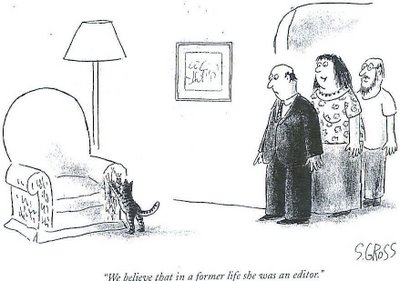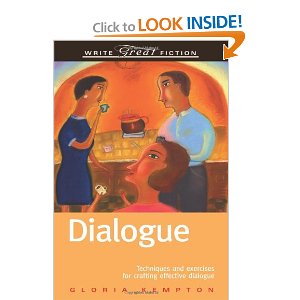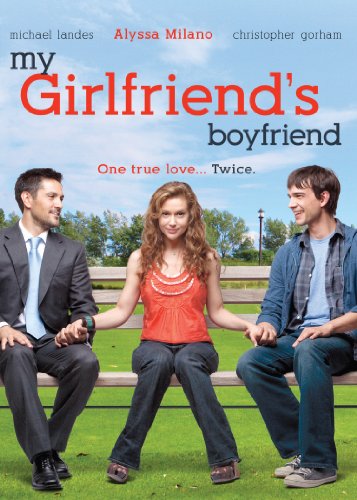You know I took October off from writing because I was taking the CELTA course, and then I returned to writing with a vengeance. I’m 19.000 words into my first novel, I’ve been a regular contributor at Europe A LA Carte travel blog, redesigned and revitalized my blogs. Oh, yes, and I’m really excited to announce that I have a guest post published on Carol Tice’s Make a Living Writing Blog.
Unless you’ve been living under a rock as freelance writer, Carol’s is one of the most popular blogs for writers and it is among my favorites (as One Freelance Writer’s Surprising Strategy for a Revved-Up Career, as well as being one of the favorites of WritetoDone and Copyblogger.)
I’m having a blast with my writing right now. I no longer have to worry about applying to gigs I’m not passionate about because I have to pay the bills. I no longer have to choose between fiction and non-fiction. I also no longer suffer from the lonely writer blues. So what the hell changed?
Keeping a full time a job gave me depression. Not getting a regular paycheck affected my writing, motivation and productivity badly. So instead I found the perfect solution: I took a job in a field that really excited me, paid me enough without taking too much of my time and filled in all the missing pieces. I explain it all on One Freelance Writer’s Surprising Strategy for a Revved-Up Career.
Looking forward to your comments!
Image via baneofyourresistance.wordpress.com



